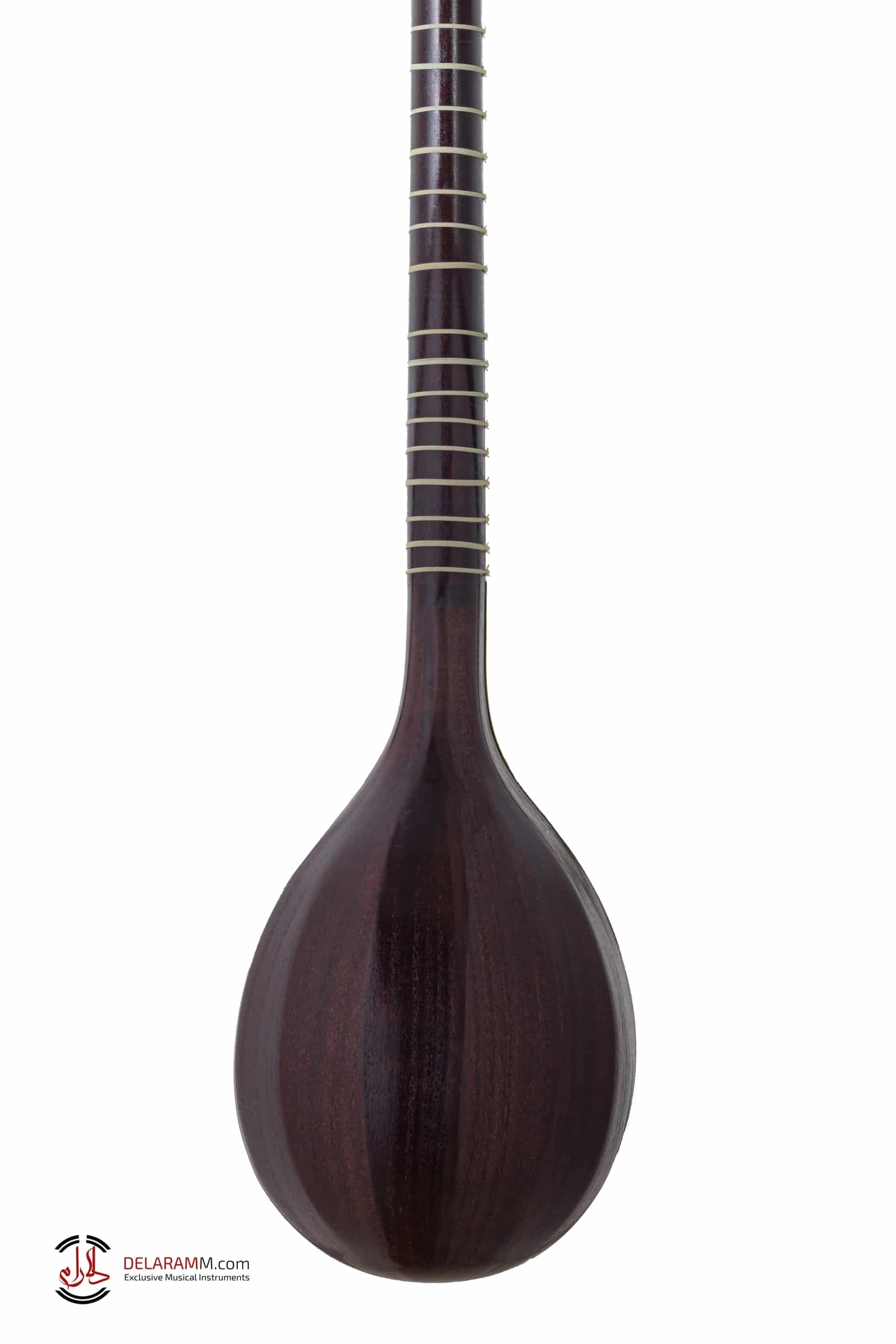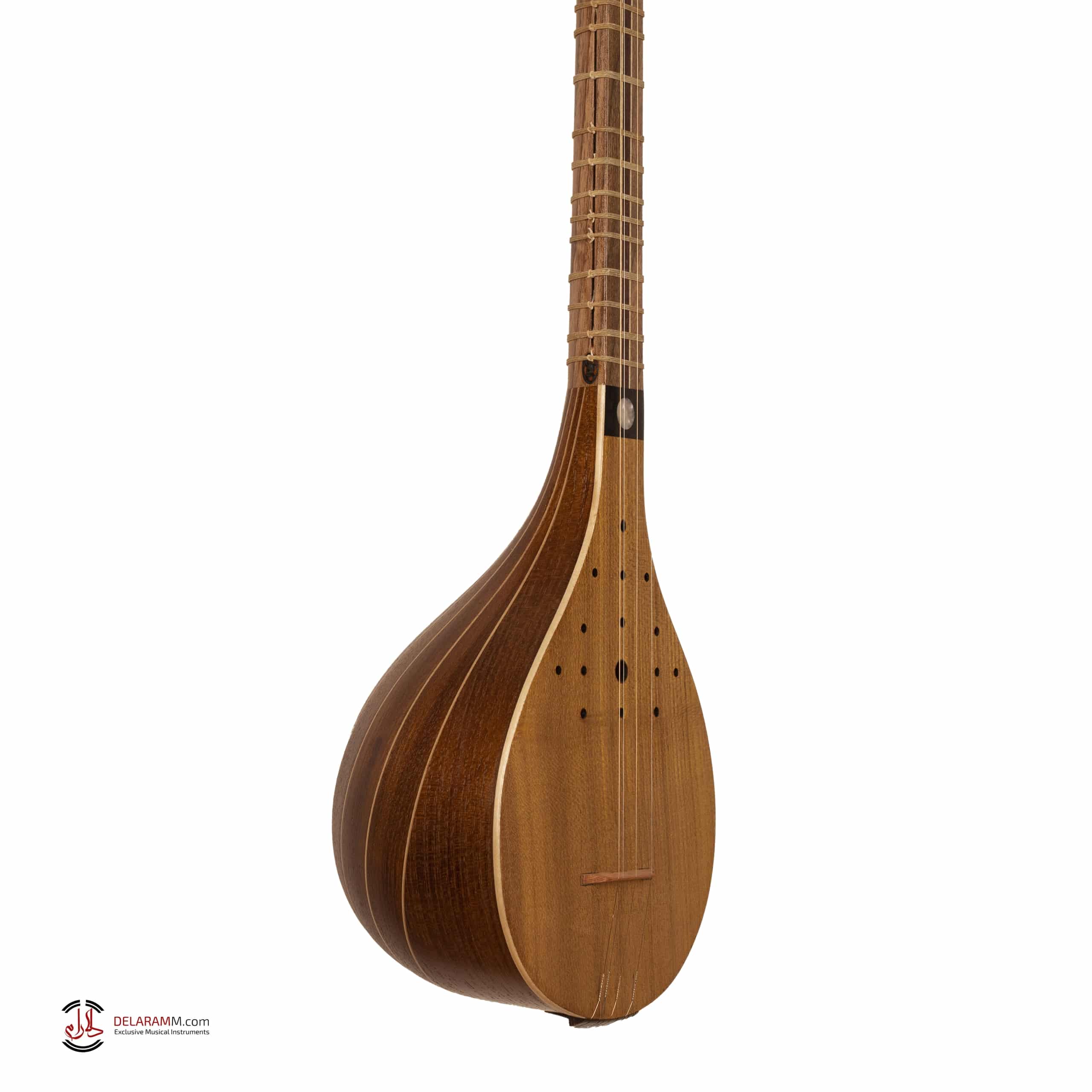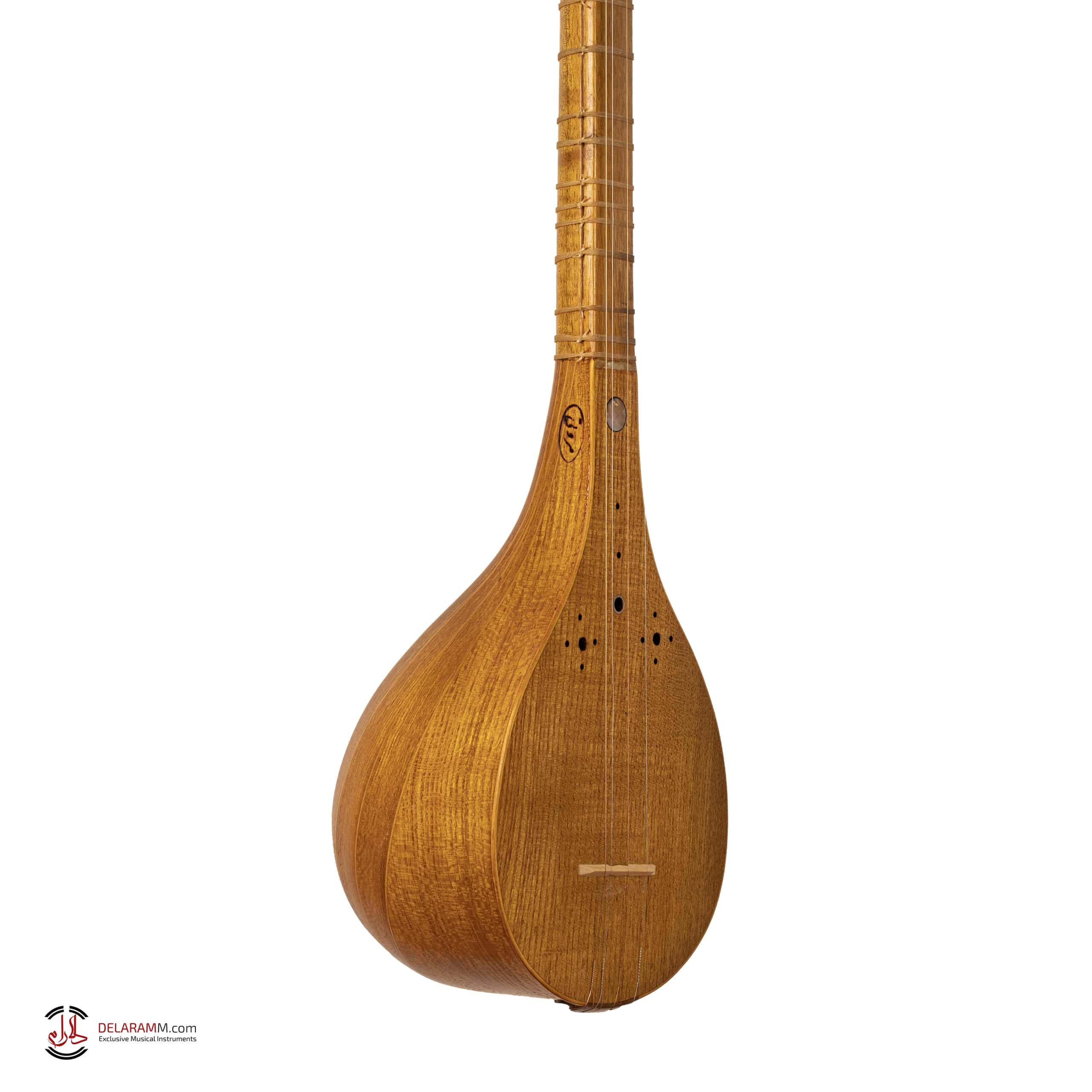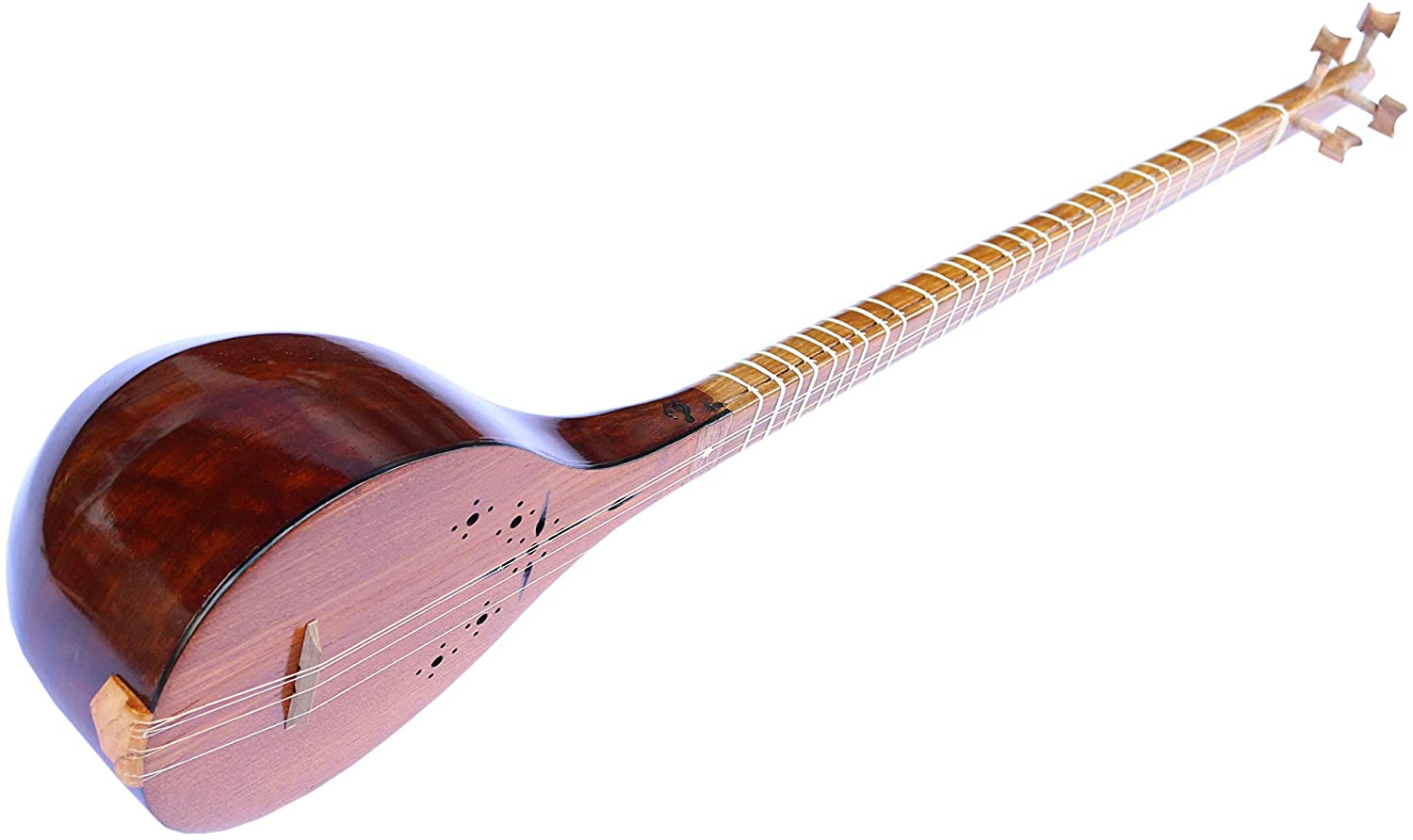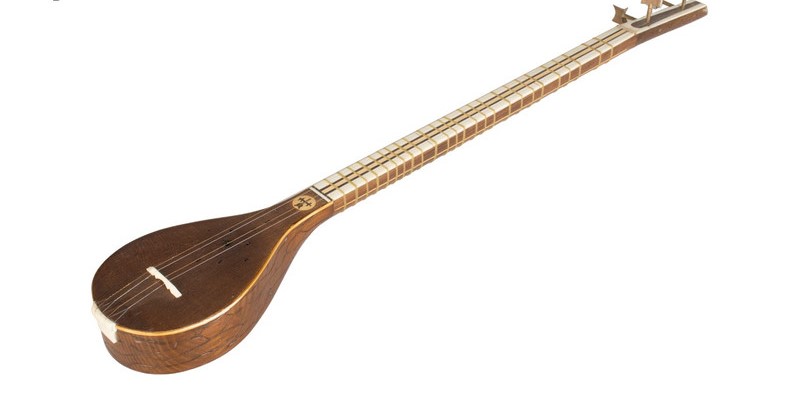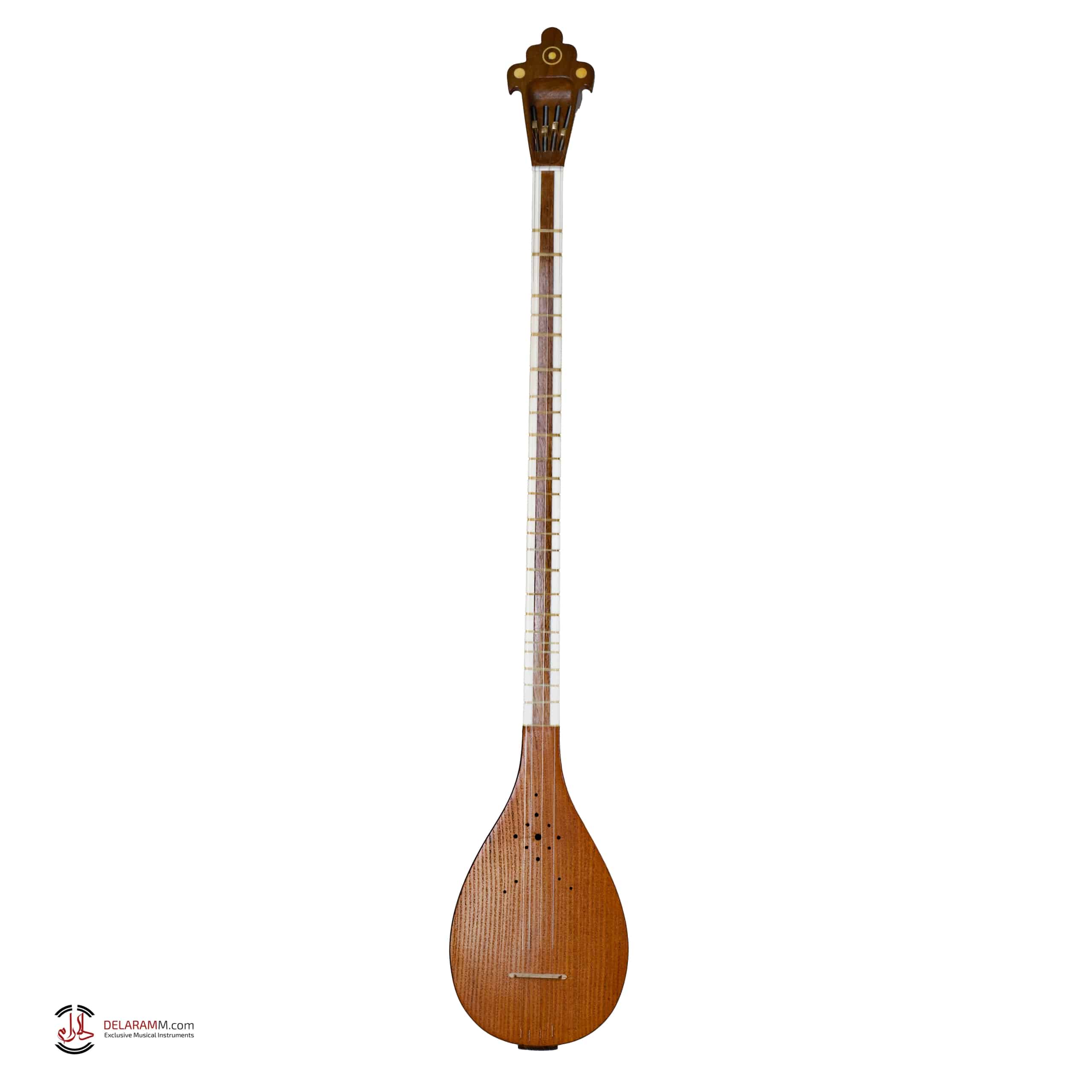Types of Setar: A Comprehensive Guide to the Iconic Persian Instrument
The Setaar is one of the most distinguished Iranian instruments, cherished for its soft, delicate tones and deep cultural significance. Although its volume is modest, the Setar’s expressive sound makes it ideal for solo or duet performances. Its name, meaning “three strings” in Persian, is a nod to its historical origins. However, the Setar now has four strings, a change introduced approximately 150 years ago by Mushtaq Ali Shah to enhance its tonal range and resonance.
This article delves into the different types of Setar, examining their unique characteristics and the nuances that set them apart. Whether you are a professional musician or a beginner, understanding these variations can help you choose the instrument best suited to your needs.
A Brief Overview of the Setar
The Setar features a pear-shaped wooden body with a long neck. The body, or bowl, acts as a resonator, amplifying the soft vibrations of its strings. Despite its relatively simple appearance, the Setar boasts a rich diversity of types, each with its own construction techniques, sound profiles, and usage scenarios.
Below is a detailed look at the different types of Setar.
Types of Setar
-
Setar one-piece bowl
As the name suggests, the one-piece bowl Setar is crafted from a single piece of wood, typically from mulberry trees. This type is renowned for its superior sound quality, durability, and consistency.
Features:
- Material: High-quality, aged mulberry wood.
- Sound: Warm and resonant tones with excellent projection.
- Curtains: 25 to 28 frets, traditionally made of synthetic threads or animal gut.
- Durability: The one-piece design ensures stability and longevity.
- Usage: Favored by professional musicians for its high quality and refined sound.
However, crafting a one-piece bowl Setar requires exceptional skill and precision. The wood must be carefully aged and dried to avoid cracking during construction. This meticulous process makes this type of Setar more expensive than others. For professionals seeking a durable, top-quality instrument, the one-piece bowl Setar is an excellent investment.
-
Setar Laterk Bowl
The Laterek bowl Setar is constructed by joining multiple pieces of wood, usually cut into curved shapes and glued together to form the bowl. This method allows for efficient use of materials, making this type more affordable than the one-piece bowl.
Features:
- Material: Mulberry wood is often used, providing a balanced tone.
- Sound: Bright and resonant, though slightly less refined than the one-piece bowl.
- Durability: Highly resistant to cracking due to its segmented construction.
- Usage: Ideal for beginners or those on a budget.
The Laterek bowl Setar is widely used by students and emerging musicians, offering an excellent combination of affordability and functionality.
-
Setar small bowl
The small bowl Setar is modeled after the designs of Master Hashemi. It features a smaller resonator, producing a sharp and clear sound.
Features:
- Bowl Diameter: 14 to 14.5 cm.
- Sound: Bright and penetrating, making it highly expressive.
- Usage: Popular among masters like Jalal Zolfonun and Behdad Babaei.
The small bowl Setar is challenging for beginners due to its louder and sharper sound, which can become tiring during long practice sessions. However, for advanced players, its expressive tonal qualities are highly desirable.
-
Setar large bowl
The large bowl Setar is designed based on the pattern of Master Mehdi Kamalian. It features a larger resonator for a deeper, bass-heavy tone.
Features:
- Bowl Diameter: 16 to 16.5 cm.
- Sound: Rich and warm, with a pronounced low end.
- Usage: Played by renowned musicians like Mohammad Reza Lotfi and Ahmad Ebadi.
While the size difference between large and small bowls is minimal, the tonal contrast is significant. This type is ideal for players who prefer a deeper, more resonant sound.
-
Setar Ketabi, under a robe or flat bowl
The flat bowl Setar, also known as Setar Ketabi, has a unique history tied to the period when music was banned in Iran. The flat design allowed musicians to conceal the instrument under their robes, making it easier to transport and hide.
Features:
- Bowl: Flat, with a shorter handle compared to other types.
- Sound: Dry and muffled, lacking the resonance of traditional designs.
- Usage: Rarely used today due to its limited tonal quality.
Although its practical design served a historical purpose, the flat bowl Setar is more of a curiosity in modern times.
-
Skinned Setar
The skinned Setar features a unique design with a larger resonator and a heart-shaped hole covered by stretched skin.
Features:
- Design: The bridge rests on the skin, creating a distinctive tonal quality.
- Sound: Bright and percussive, with a unique resonance.
- Inventor: Created by Mohammad Navaei, known as “Eshgh.”
This variation stands out for its experimental design, offering an alternative sound palette for musicians exploring new styles.
-
Setar peacock head (Sarpanjeh Tavosi)
The Peacock-head Setar is an innovative design introduced by Ostad EbrahimGhanbari Mehr in the 1980s. It features a redesigned headstock that simplifies string tension adjustments.
Features:
- Headstock Design: Ornate and functional, resembling a peacock.
- Benefits: Easier string replacement and tuning.
- Usage: Embraced by artists like Hossein Alizadeh.
Although traditionalists often prefer the classic design, the peacock-head Setar offers practical advantages for modern musicians.
Comparative Table of Setar Types
| Type | Bowl Design | Sound Profile | Best For | Notable Players |
|---|---|---|---|---|
| One-Piece Bowl Setar | Single-piece wood | Warm, resonant | Professionals | – |
| Laterek Bowl Setar | Multi-piece wood | Bright, balanced | Beginners | – |
| Small Bowl Setar | Compact resonator | Sharp, clear | Advanced players | Jalal Zolfonun, Behdad Babaei |
| Large Bowl Setar | Larger resonator | Deep, bass-heavy | Players seeking rich tones | Mohammad Reza Lotfi, Ahmad Ebadi |
| Flat Bowl Setar | Flat, compact design | Dry, muffled | Historical interest | – |
| Skinned Setar | Skin-covered resonator | Bright, percussive | Experimental musicians | – |
| Peacock-Head Setar | Redesigned headstock | Versatile | Modern players | Hossein Alizadeh |
The Role of Wood in Setar Quality
One of the most critical factors in a Setar’s sound quality is the age of the wood used in its construction. The older and more aged the wood, the better the tonal characteristics. For example:
- Two-Year-Old Wood: Produces an average sound, suitable for beginners.
- Twenty-Year-Old Wood: Offers a richer, more refined sound, preferred by professionals.
Additionally, mulberry wood is the most commonly used material for Setar bowls, known for its durability and tonal richness.
FAQs About Setar
Here are some frequently asked questions about the Setar to help you gain deeper insights into this iconic Persian instrument.
1. What is a Setar made of?
The Setar is typically made of mulberry wood for the bowl and walnut wood for the neck. The frets are traditionally crafted from synthetic threads or animal gut, while the strings are made of metal or nylon. High-quality instruments often use aged wood to enhance sound quality and durability.
2. Why is it called “Setar” when it has four strings?
The name “Setar” means “three strings” in Persian. Originally, the instrument had only three strings. However, a fourth string was added approximately 150 years ago by Mushtaq Ali Shah to improve the resonator’s performance and expand its tonal range.
3. What are the key differences between one-piece and Laterek bowl Setars?
- One-Piece Bowl: Made from a single block of wood, offering superior resonance, durability, and tonal quality. It is ideal for professionals.
- Laterek Bowl: Made by gluing together multiple wood pieces, offering affordability and ease of construction, making it a great choice for beginners.
4. Which type of Setar is best for beginners?
The Laterek bowl Setar is often recommended for beginners due to its affordability and durability. It provides a balanced tone and is easier to maintain compared to more delicate types like the one-piece bowl Setar.
5. How do I choose the right Setar?
- Skill Level: Beginners should opt for a Laterek bowl or small bowl Setar, while professionals may prefer a one-piece or large bowl Setar.
- Purpose: For live performances, consider a Setar with a rich, resonant tone like the one-piece bowl. For practice, a more affordable option may suffice.
- Build Quality: Check the craftsmanship, especially the bowl and neck. A well-aged wooden bowl significantly enhances sound quality.
6. How many frets does a Setar have?
A Setar typically has 25 to 28 frets, which are adjustable to allow for the microtonal variations common in Persian music. These frets are made of synthetic yarn or gut and can be fine-tuned for specific musical scales.
7. Can a Setar be tuned differently?
Yes, the Setar can be tuned in various ways depending on the radif (Persian musical system) or specific composition being played. Common tuning variations include sol-re-sol-do and do-sol-do-re, allowing for versatility in playing Persian melodies.
8. How does the sound of a small bowl Setar compare to a large bowl Setar?
- Small Bowl: Produces a sharp, clear tone with a brighter sound.
- Large Bowl: Offers a deeper, bass-heavy tone with richer resonance.
The choice depends on the player’s preference and the type of music being performed.
9. Is the Setar difficult to learn?
The Setar requires patience and practice to master, particularly because it involves delicate plucking techniques and understanding Persian musical scales. However, with consistent effort, beginners can learn to play basic melodies within a few months.
10. What is the lifespan of a Setar?
With proper care, a high-quality Setar can last decades. To prolong its lifespan:
- Store it in a controlled environment to prevent warping.
- Avoid exposure to extreme humidity or temperature changes.
- Regularly clean the strings and body to maintain optimal performance.
11. Are there modern variations of the Setar?
Yes, innovations like the Peacock-Head Setar (Sarpanjeh Tavosi) and skinned Setar have been introduced in recent years. These variations offer enhanced tuning capabilities and unique tonal qualities, catering to contemporary musicians.
Conclusion
The Setar is a testament to the richness of Persian musical heritage, with its various types reflecting centuries of craftsmanship and innovation. Whether you’re a professional seeking a premium instrument or a beginner exploring the world of Persian music, understanding the nuances of Setar types is essential for making the right choice. Each type, from the one-piece bowl to the skinned Setar, offers unique qualities that cater to different playing styles and preferences.
Investing in a high-quality Setar with well-aged wood ensures a lifetime of musical enjoyment and connection to one of Iran’s most iconic instruments.

